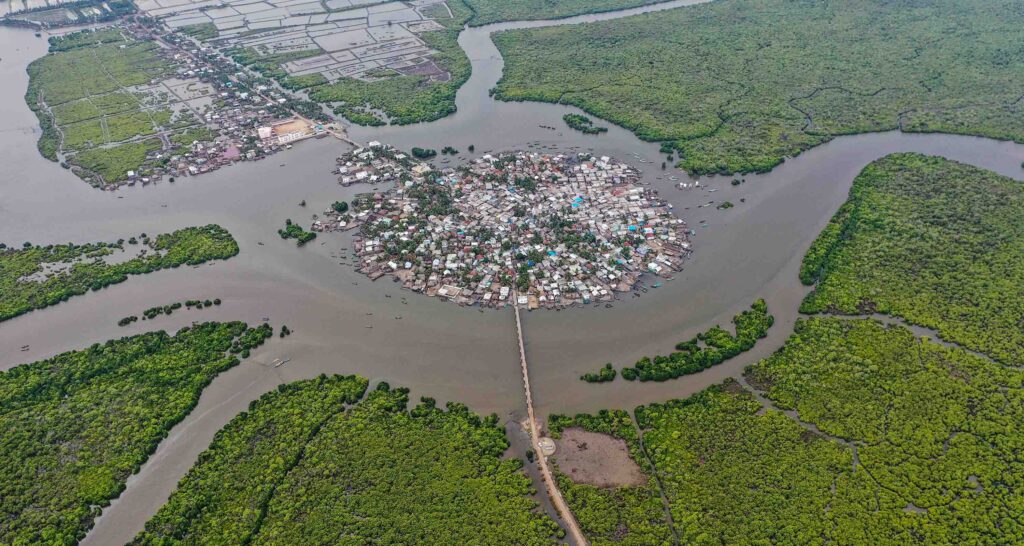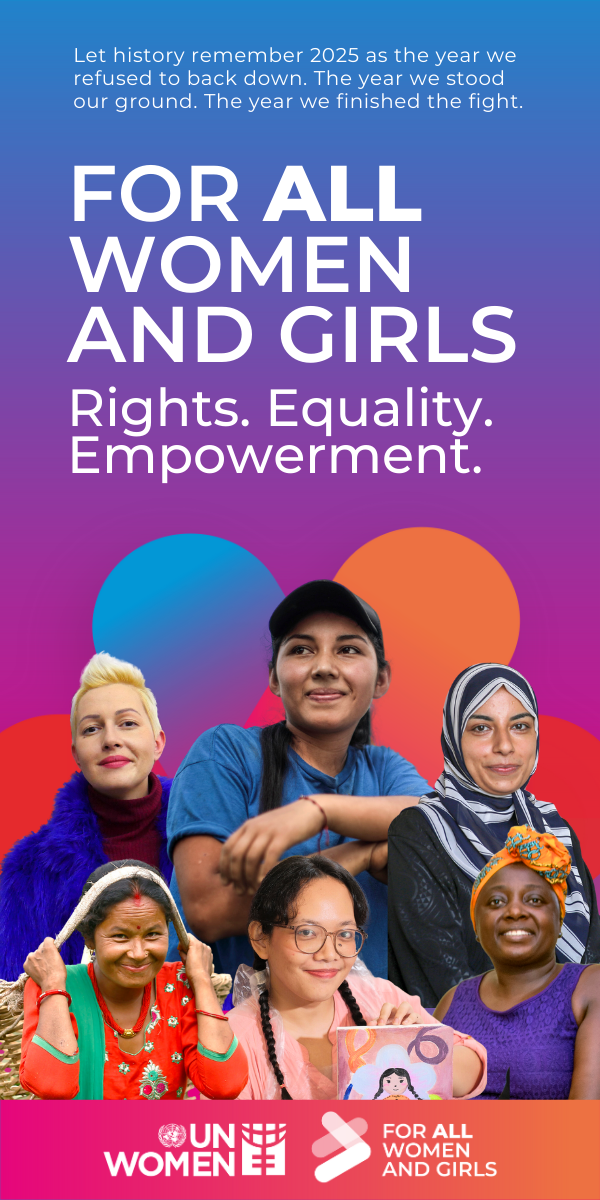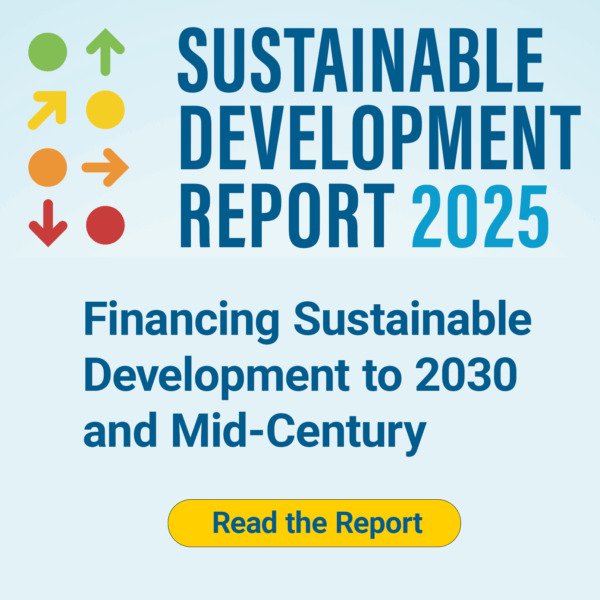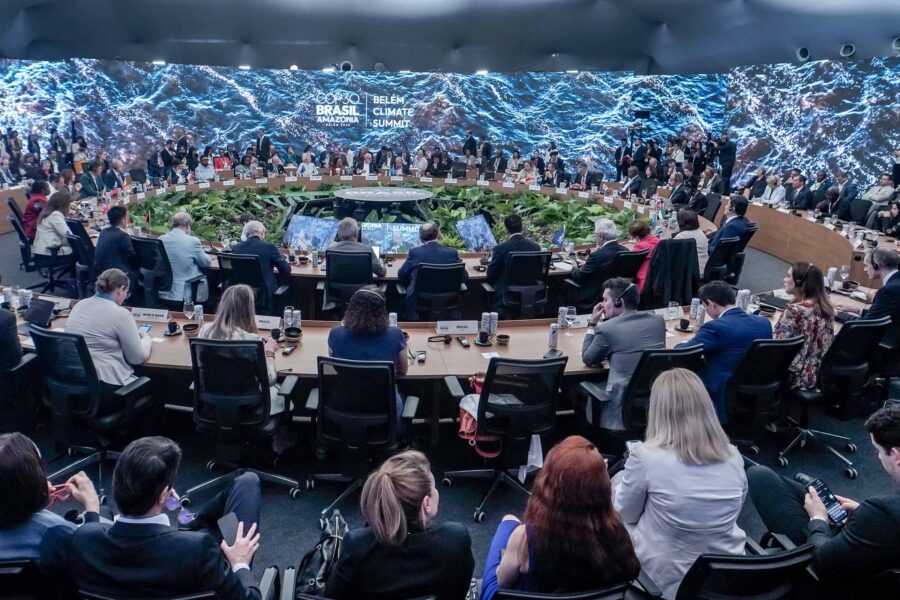Valuing the whole system: a new approach to ocean climate action
Coastal ecosystems play a vital role in stabilizing the climate, yet global policy still values them mainly for their ability to absorb and store carbon. As COP30 unfolds, a new approach argues for recognizing the ocean as a living system – where carbon, biodiversity, and human welfare are inseparable
Climate — Global

The ocean absorbs about 90% of the excess heat trapped by greenhouse gases and roughly a quarter of global CO₂ emissions each year. It buffers storms, sustains fisheries, and supports billions of people worldwide. Yet for decades, we have valued and managed these functions in isolation, as if they were entirely separate rather than expressions of a single living system.
With COP30 now underway, ocean-based climate action remains caught in a false binary. Should carbon markets be abandoned due to integrity concerns, or defended as essential for recognizing the climate value of coastal ecosystems? The real question, however, is not whether to use carbon, but how to value the ocean as a whole system.
Beyond carbon alone
Coastal ecosystems, such as mangroves, seagrass meadows, and salt marshes, store up to five times more carbon per hectare than tropical forests (see the Intergovernmental Panel on Climate Change’s 2019 Special Report on the Ocean and Cryosphere in a Changing Climate). When degraded, these ecosystems release around 650 million tonnes of CO₂ annually – roughly equivalent to global aviation emissions (see World Bank, Unlocking Blue Carbon Development, 2023). That carbon is real – and it matters. But the problem has never been carbon itself – it is valuing carbon in isolation from everything else these ecosystems provide.
When we reduce a mangrove forest to tonnes of CO₂, we miss valuing the fish nurseries, the storm protection, the livelihoods, and the cultural significance. We risk creating incentives that optimize for one metric while undermining others.
This is not an argument for or against carbon markets. It is an argument for integrity standards that work regardless of the financing mechanism. Whether money flows through voluntary carbon markets, compliance schemes, biodiversity credits, or public budgets matters less than whether it recognizes and protects the full spectrum of value these ecosystems generate.
What integration actually means
Real integration is not about adding co-benefits to carbon projects. Integration means recognizing that carbon, biodiversity, and community welfare are not separate outputs but interdependent parts of a functioning system.
When a fishing cooperative in the Philippines restores mangroves, it is not “also” protecting biodiversity and supporting livelihoods alongside the “primary” goal of carbon sequestration. It is doing one thing: stewarding an ecosystem that simultaneously stores carbon, sustains fisheries, and protects coastlines. The system does not distinguish between these functions – nor should our valuation frameworks.
In practice, this means participatory monitoring tracks fish abundance, household income, and food security with the same rigor applied to carbon stocks. Benefit-sharing agreements deliver meaningful revenue to communities – not as charity, but in recognition that local stewardship creates the value being financed. Permanence (or durability) should be judged not only by contracts, but by the political and economic incentives that keep communities invested in protection.
Across the tropics, community-led restoration programs demonstrate that when governance and revenue are genuinely shared, communities become the strongest defenders of the ecosystems they depend on and permanence follows.
The structural barriers
The barriers are not technical. Methods for measuring carbon, biodiversity, and socio-economic outcomes in coastal systems are improving rapidly. The challenge is structural: our institutions, funding mechanisms, and governance systems remain organized around narrow objectives.
Climate finance favors large, standardized projects that fit established risk models. It rewards organizations able to absorb high upfront costs and wait years for returns – precisely the characteristics that exclude community-led initiatives and small island states.
Early-stage support for feasibility studies, legal clarity, and capacity building is often treated as an overhead rather than essential infrastructure. Meanwhile, coastal and island nations with strong legal frameworks for carbon rights, proven community governance systems, and traditional ecological knowledge refined over generations are labelled “high risk” by the same institutions that demand better governance as a prerequisite for funding.
Perhaps most fundamentally, power remains concentrated in northern financial institutions and intermediaries while the communities that create and sustain ecosystem value are positioned as beneficiaries rather than decision-makers. This is both inequitable and inefficient. Communities with secure tenure and genuine governance authority make better long-term stewards because they live with the consequences of their choices. When local ecological knowledge is integrated into project design, it enhances project integrity and outcomes, often strengthening and validating remote sensing data used to monitor ecosystem health. Projects built around local priorities generate the political durability that permanence demands.
What needs to change
Moving from theory to practice requires shifts at multiple levels. At COP30, those shifts should be guided by a single question: are we strengthening the whole system, or optimizing one part at the expense of others?
To make that shift real, three priorities stand out:
1. Build policy coherence
National frameworks must clarify tenure, carbon rights, and Free, Prior and Informed Consent (FPIC), and international finance must recognize countries that already have strong systems in place. Indonesia’s national blue carbon frameworks, the Philippines’ equity-first coastal policies, and Tanzania’s benefit-sharing legislation demonstrate that readiness is not the issue – recognition is. These examples should be templates, not exceptions.
2. Invest in feasibility and local capacity
Early-stage capital should support feasibility work, project preparation, and governance training – treating readiness as climate infrastructure rather than overhead. Catalytic finance, such as recoverable grants and revolving funds, can bridge the gap to investment readiness while maintaining local ownership.
3. Redefine integrity
Current standards still treat biodiversity and community benefit as secondary to carbon accounting. Integration means making them core technical criteria across all funding pathways: carbon markets, biodiversity credits, climate funds, and public budgets alike.
Together, these priorities point toward a broader need for coherence.
Taking responsibility
The ocean has stabilized Earth’s climate for millennia. Taking responsibility means building systems that reflect this reality and valuing the ocean not as a resource to be optimized but as the living foundation that makes everything else possible.The knowledge, finance tools, and policy frameworks already exist. What remains is the resolve to act on what we already know: that carbon, biodiversity, and human welfare are indivisible, and that those who protect these systems must hold the power to govern them.
Featured in:
Climate Action edition 2025
Beyond the disappointing headlines from COP30, progress is still being made on climate action. Even without the roadmap for the phaseout of fossil fuels making it into the conference's final statement, fossil fuels are on their way out. Renewables have already reached the tipping point where they are commercially more attractive than fossil-fuel alternatives - momentum for the transition will start to gather pace.
This edition picks up on themes from the latest COP: systems transformation, human dimensions and planetary stewardship.
Authors include: Yamide Dagnet, Emi Minghui, Selen Inal, Jumpei Takami, Bilel Jamoussi, Karen Ellis, Mohamad Ansarin, Diana Denke, Juan Lucas Restrepo, Beatrice Mosello, Alexandra Steinkraus, Mauricio Voivodic, Meghna Das, Mariana Matoso, Bernardo Arce and Mia Calle.
Publication date: 26 November 2025







